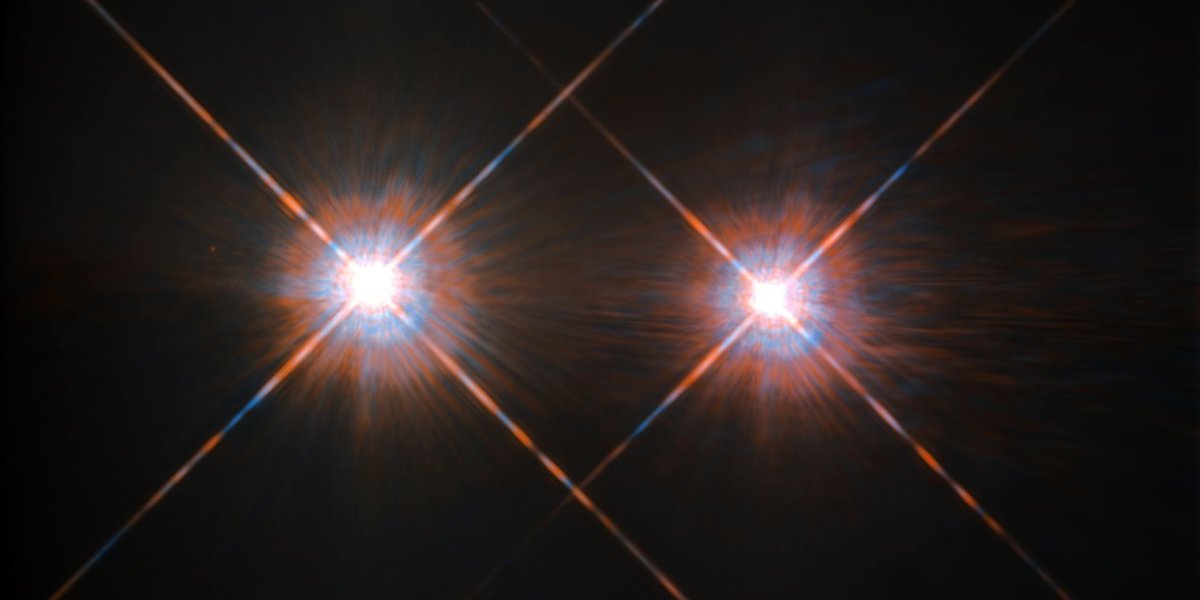There’s a tantalizing sign of a habitable-zone planet in Alpha Centauri

The new findings: The Alpha Centauri system’s potential to host life-bearing worlds has always intrigued scientists, but no known exoplanets have ever been established there—in part because the close proximity meant it was too bright for astronomers to really narrow in on any planetary objects in the area. But in a paper published in Nature Communications on Wednesday, an international team of astronomers using the European Southern Observatory’s Very Large Telescope (VLT) in Chile found a bright thermal imaging signal coming from the habitable zone of Alpha Centauri A.
Tell me more: The signal was derived through Near Earths in the Alpha Center Region (NEAR), a $3 million project supported by the ESO and Breakthrough Watch. The latter is an initiative backed by Russian billionaire Yuri Milner to look for Earth-size rocky planets around Alpha Centauri and other star systems within 20 light-years of us.
NEAR was able to push forward upgrades to the VLT that included a thermal chronograph, which can block stellar light and look for heat signatures coming from planetary objects as they reflect the light from their star. It found the signal around Alpha Centauri A after analyzing 100 hours of data.
Major caveats: The planet in question hasn’t even been named yet, and its existence has not been verified. The new signal would suggest it’s the size of Neptune. That means we’re not talking about an Earth-like world but a warm gas planet five to seven times larger than Earth. If it’s home to life, it would probably be microbial life hanging out in the clouds. And the signal could very well be caused by any number of other explanations, like hot cosmic dust, a more distant object in the background, or stray photons.
Confirming the planet’s existence should not be too hard—astronomers simply have to observe the object again and see if its new position corresponds with an orbit. It’s not yet clear when any kind of follow-up investigation will take place.
